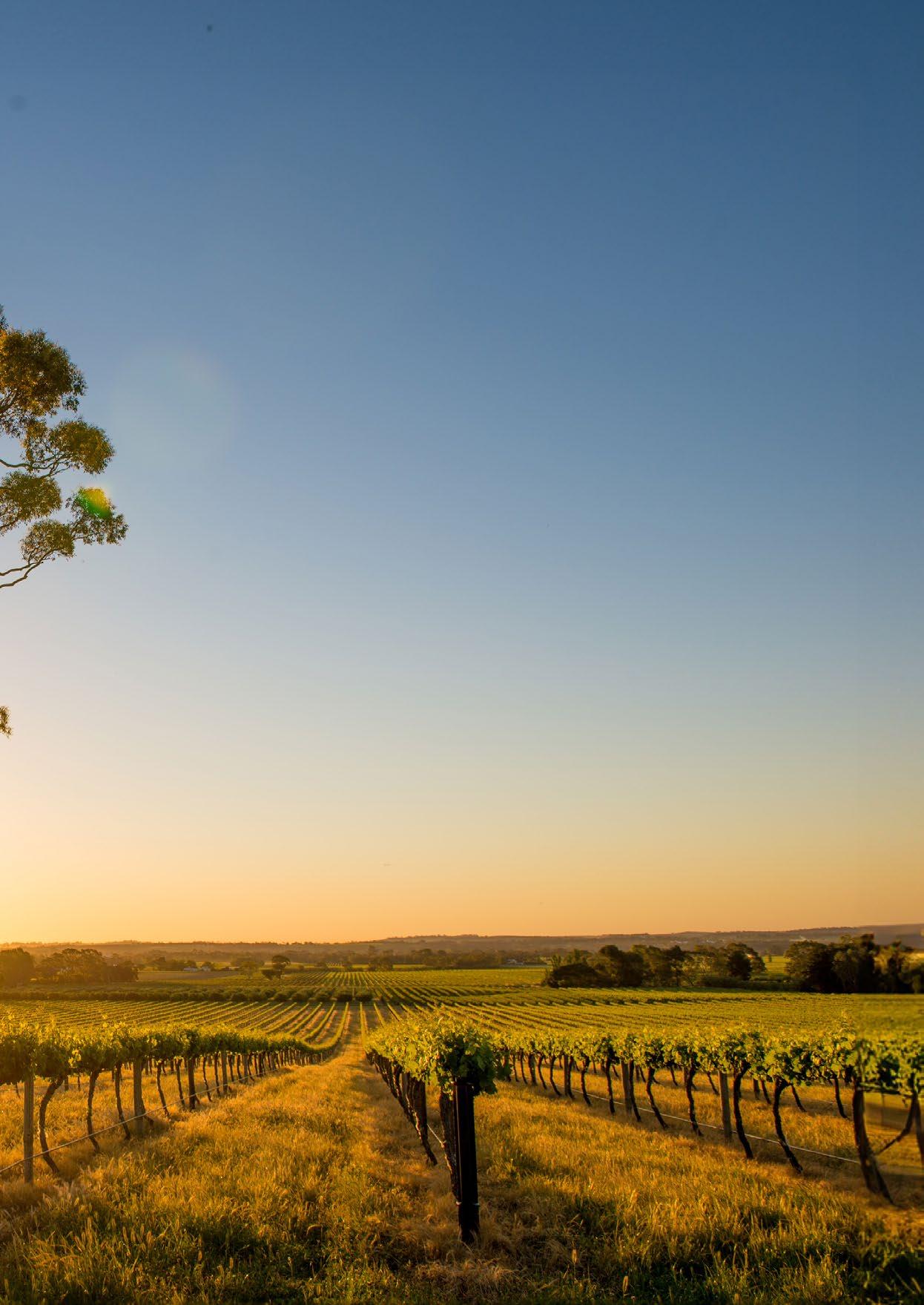
1 minute read
HARU (SPRING)


Spring marks the start of cherry blossom season, undoubtedly the most popular time of the year. Between late March and early April, many of the country’s most famous sights like Himeji Castle in Hyogo are covered in delicate sakura (cherry blossom) petals and hanami (flower) viewing parties fill the local parks. In addition to sakura, all kinds of flora thrive in the mild temperatures and sunny spring days including tulips, azaleas and wisteria. The latter is the star of one of Japan’s largest flower matsuri (festival), the Great Wisteria Festival at Ashikaga Flower Park in Tochigi, two hours from Tokyo.

WHY VISIT NOW?
“I caught the tail end of cherry blossom season in mid-April and in the towns and villages in the hills, such as Takayama, the blossoms were still looking beautiful. Travelling after the peak season meant I still got a taste of the blossoms without the crowds. The weather can be a bit mixed at this time, ranging from a mild to warm climate in most places, with the occasional cool day with a little rain so remember to pack a weather-proof jacket. Given that much of the sightseeing is outdoors, spring made for a very pleasant climate to walk around in.”

Kate Witton, IV Product Executive

NATSU (SUMMER)
Running from June to August, summer tends to kick off with a short rainy period before turning hot and humid. Adventurers rejoice in the Japanese summer as it marks the beginning of the official hiking season of the country’s peaks, including Mount Fuji (above). Mountainous regions tend to enjoy a mild climate during the summer and places like Hokkaido flourish rather than wither. While the big cities can get a little uncomfortable, summer is the best time of year to experience Japan’s vibrant matsuri culture, and most visitors agree that it’s worth enduring the humidity in exchange for the spectacular displays.

WHY VISIT NOW?
“Visiting Japan in summer is breathtaking – there’s nothing better than watching the sunset over beautiful Japanese sights. Summer means longer days, so there’s more time to explore and with so much to do, you're going to want as long as possible! Make sure you stay hydrated – Japan has vending machines everywhere, even in secluded areas, so you'll have no trouble finding a drink.”

- Jordan Khoo, IV Marketing Coordinator











